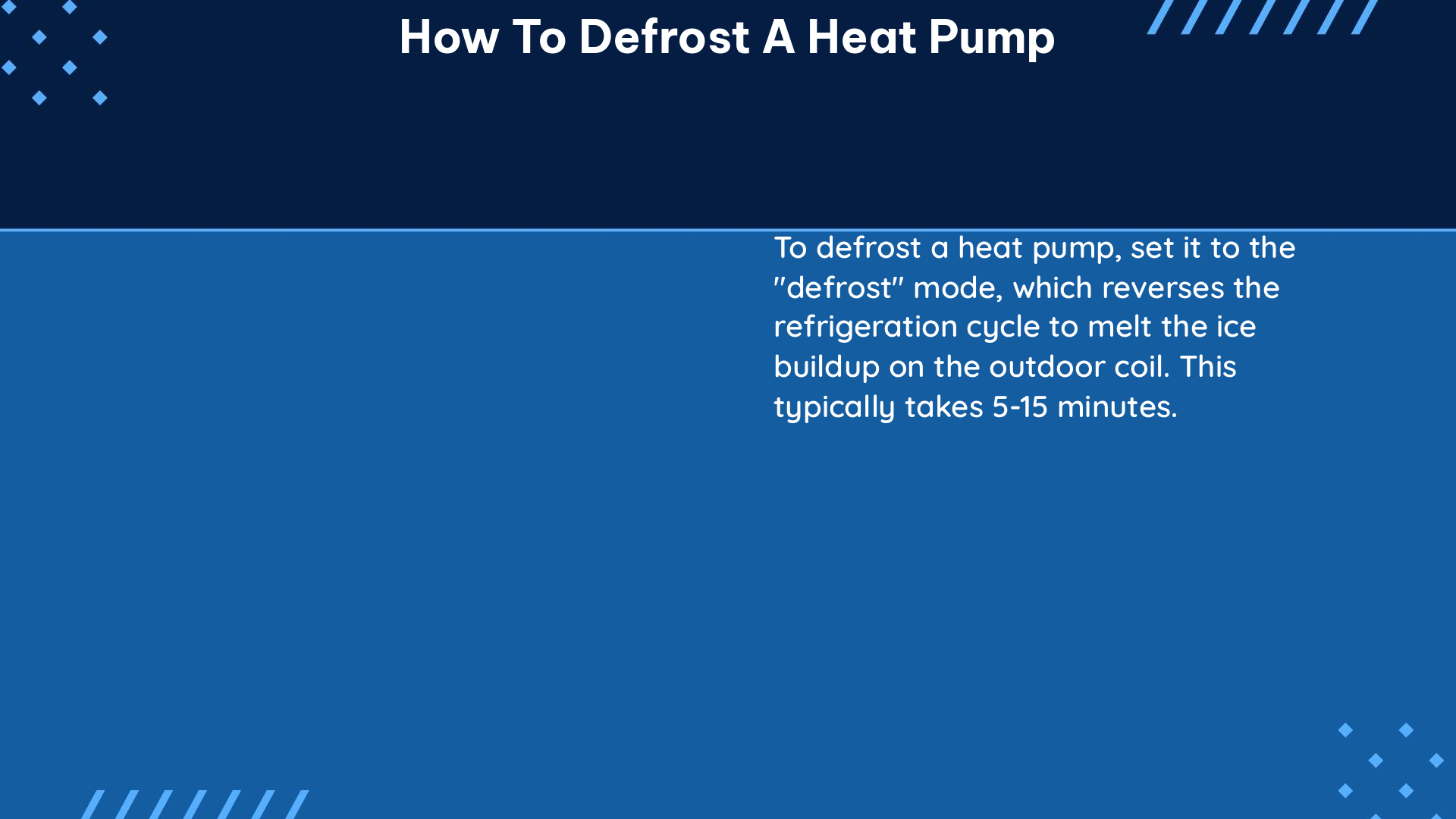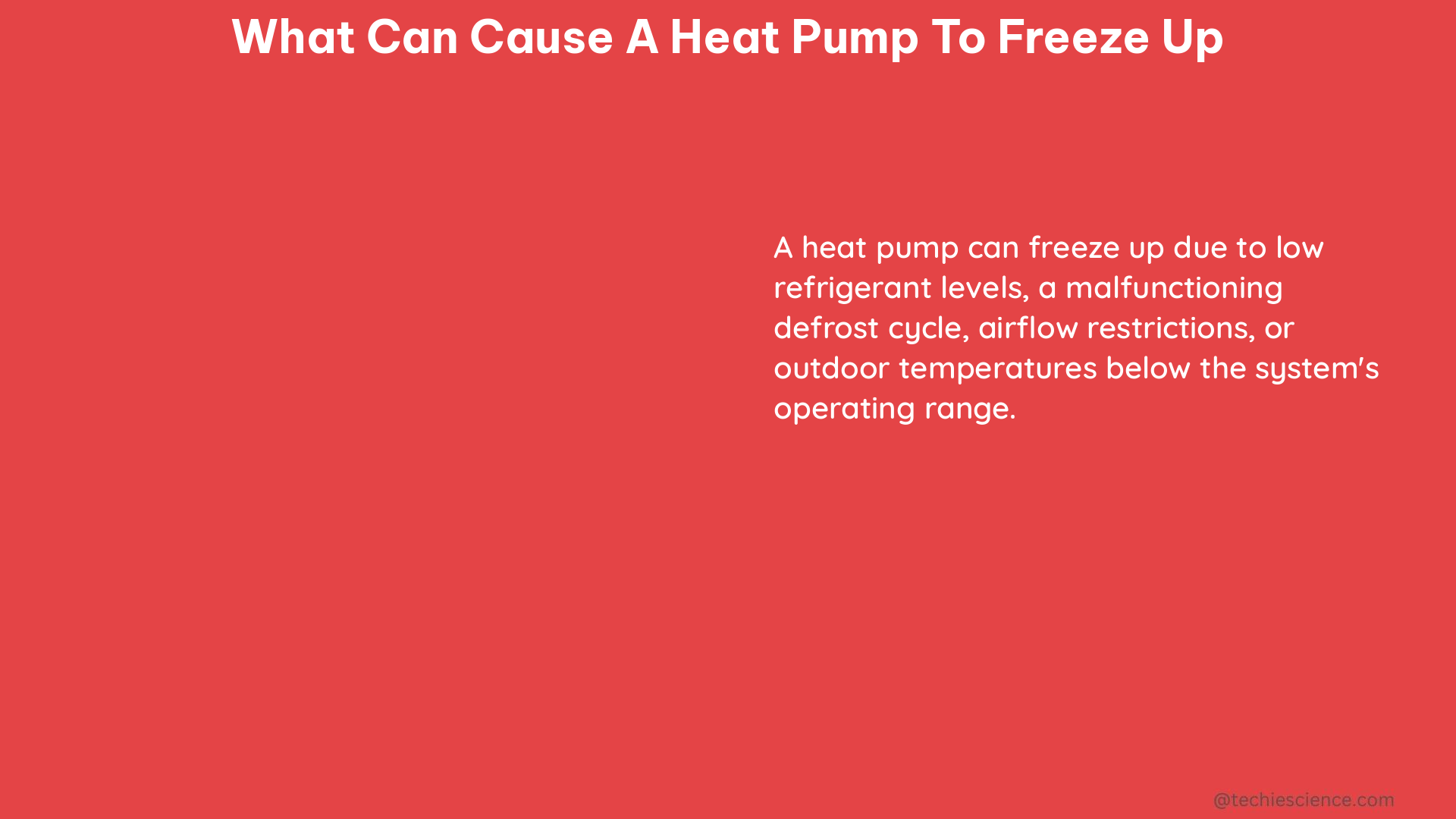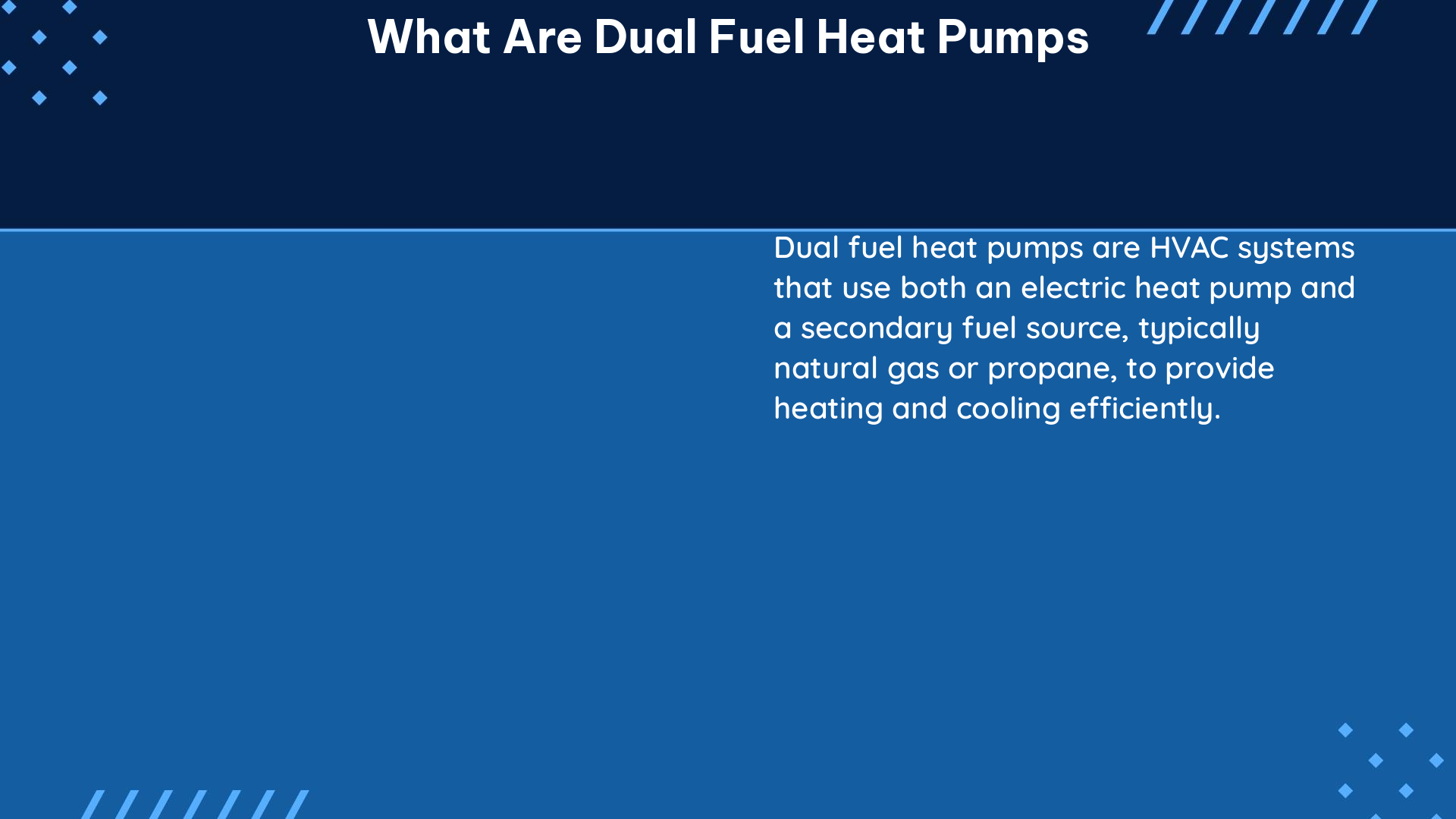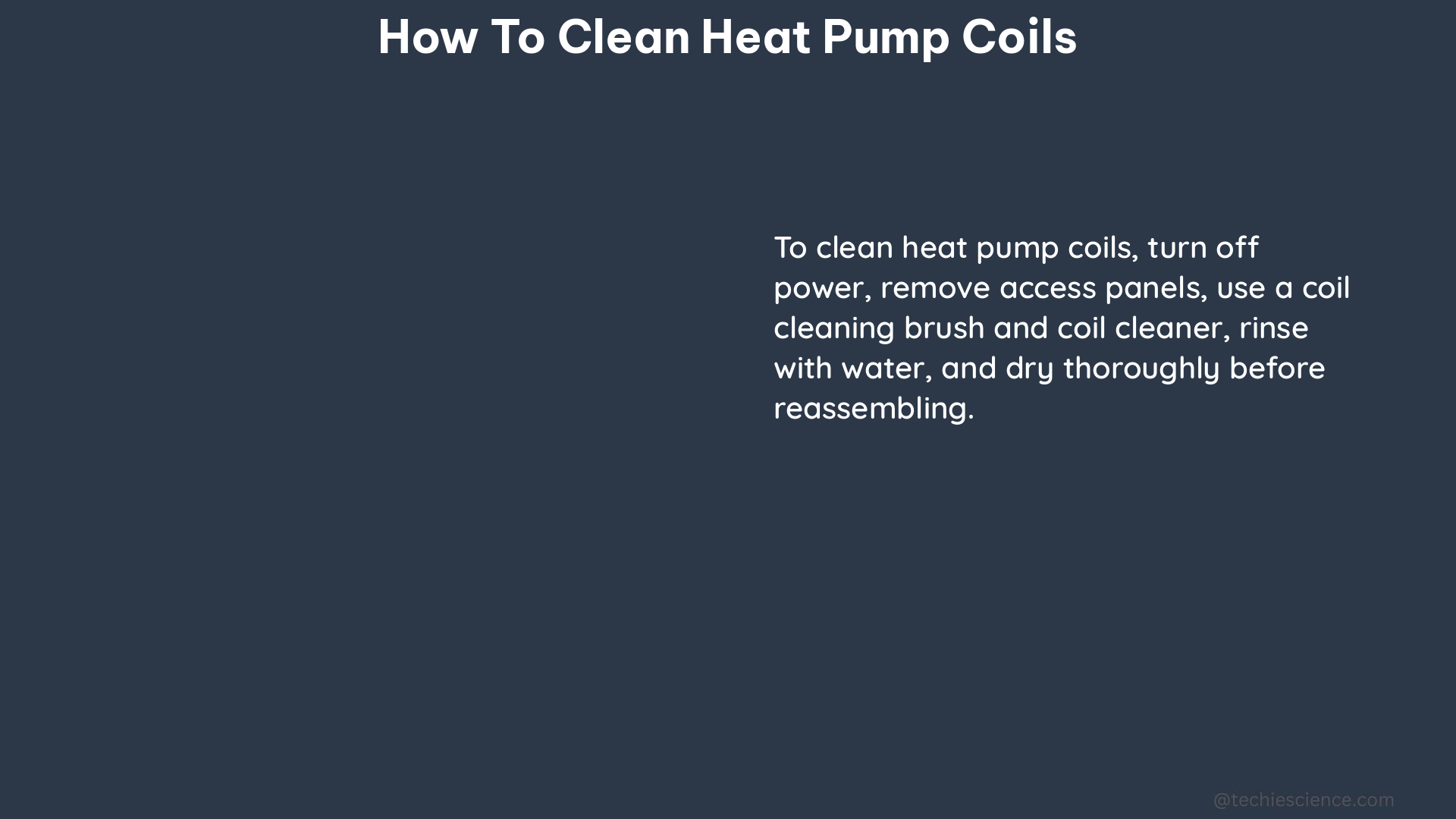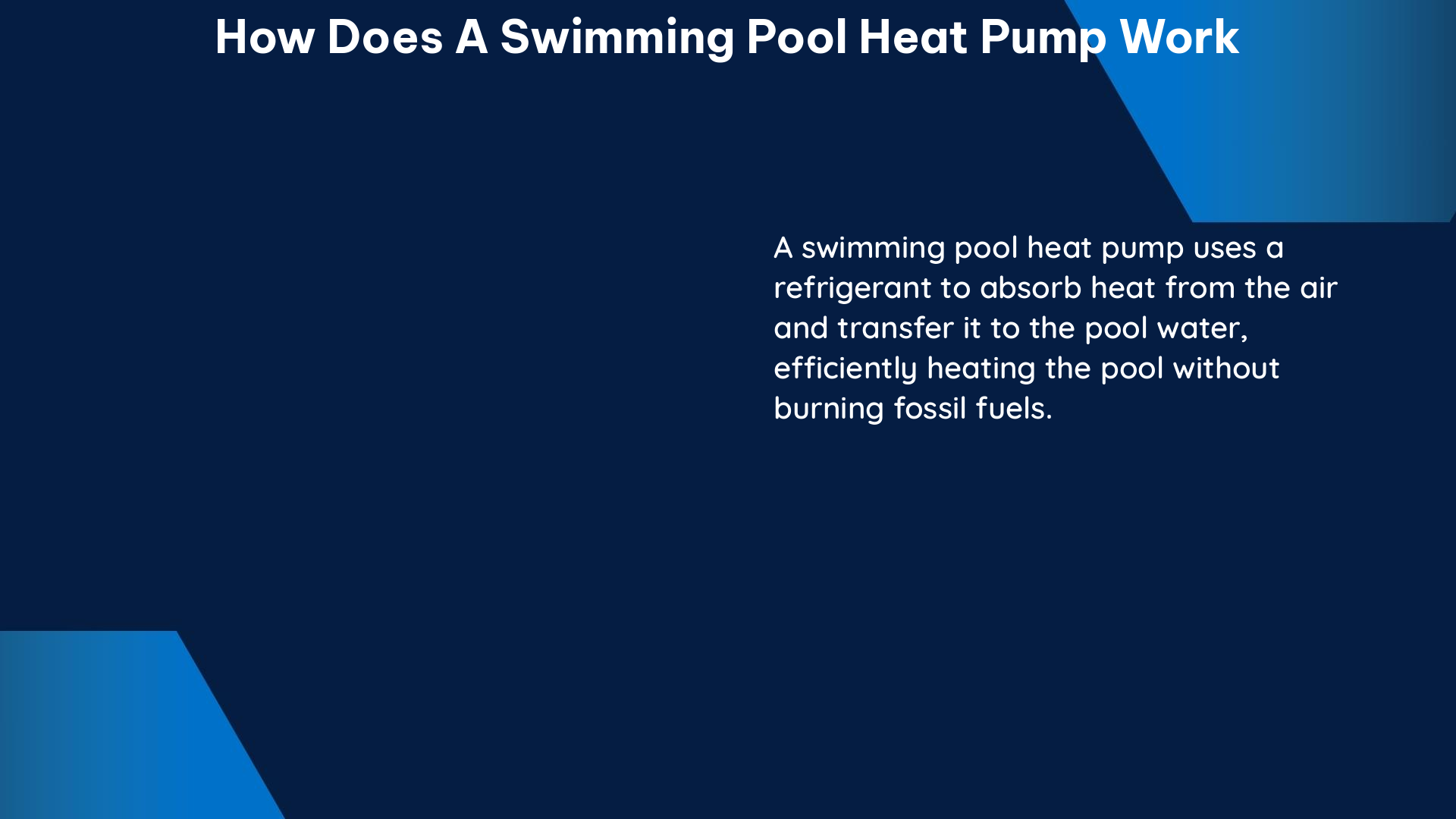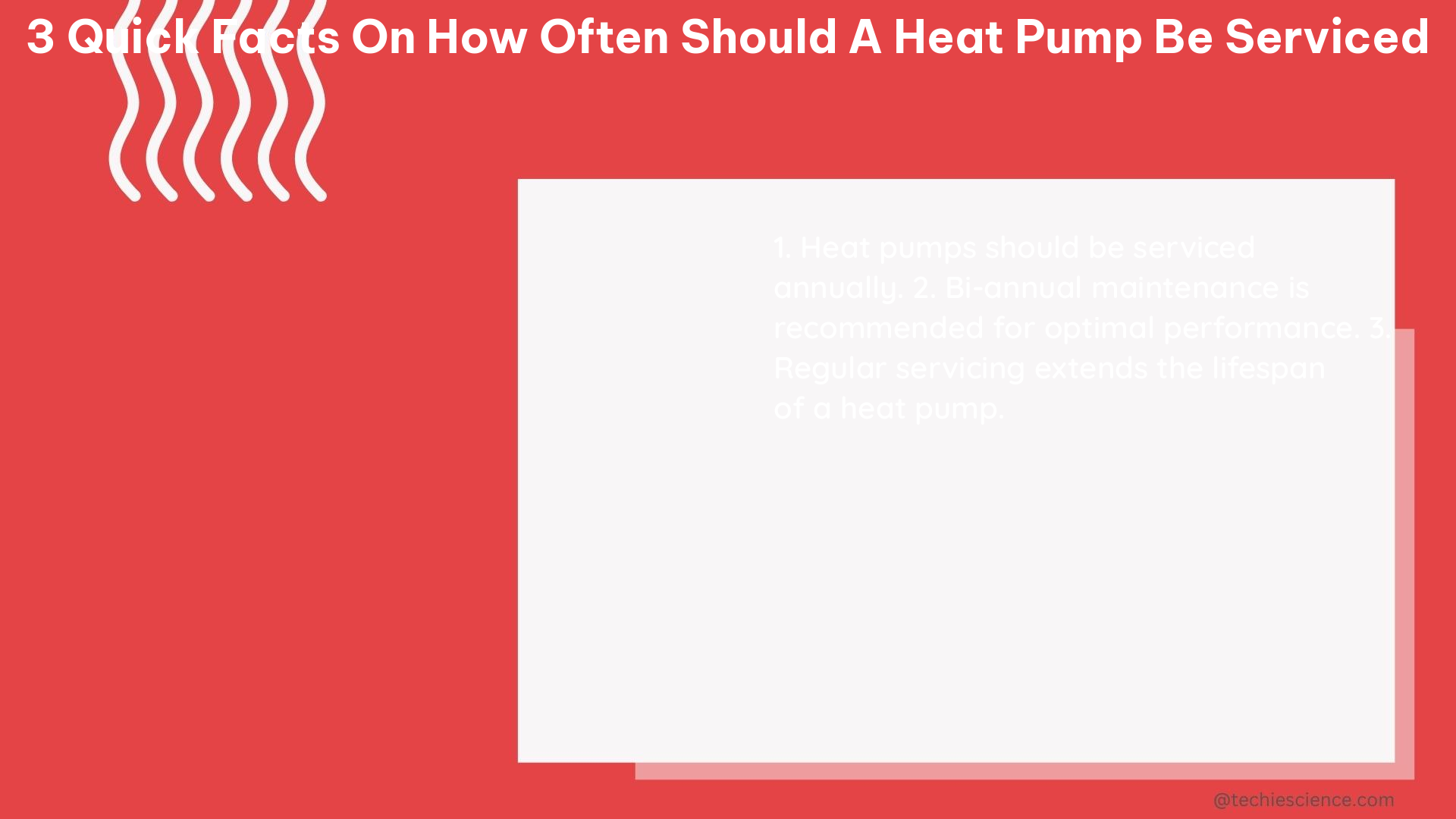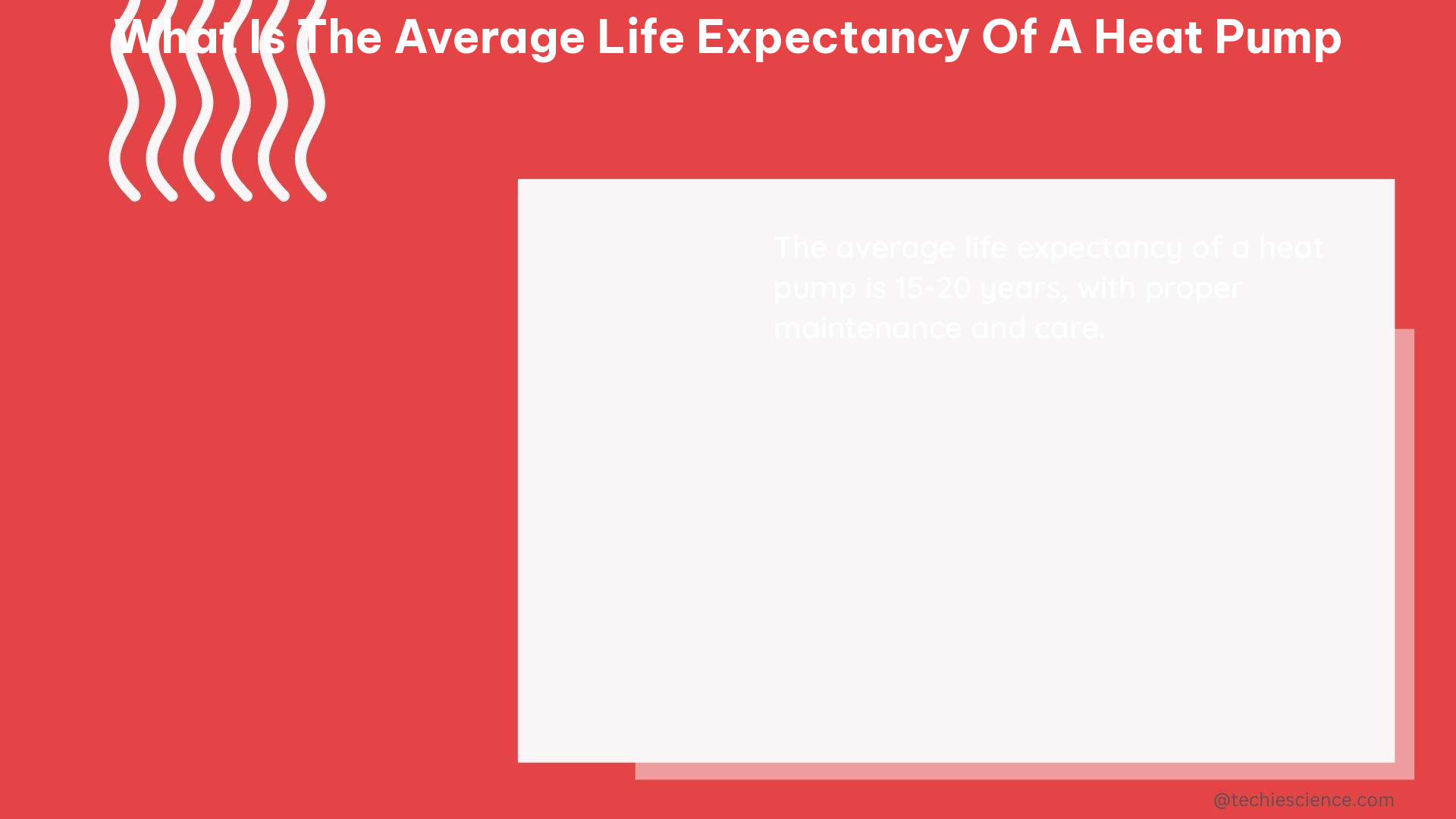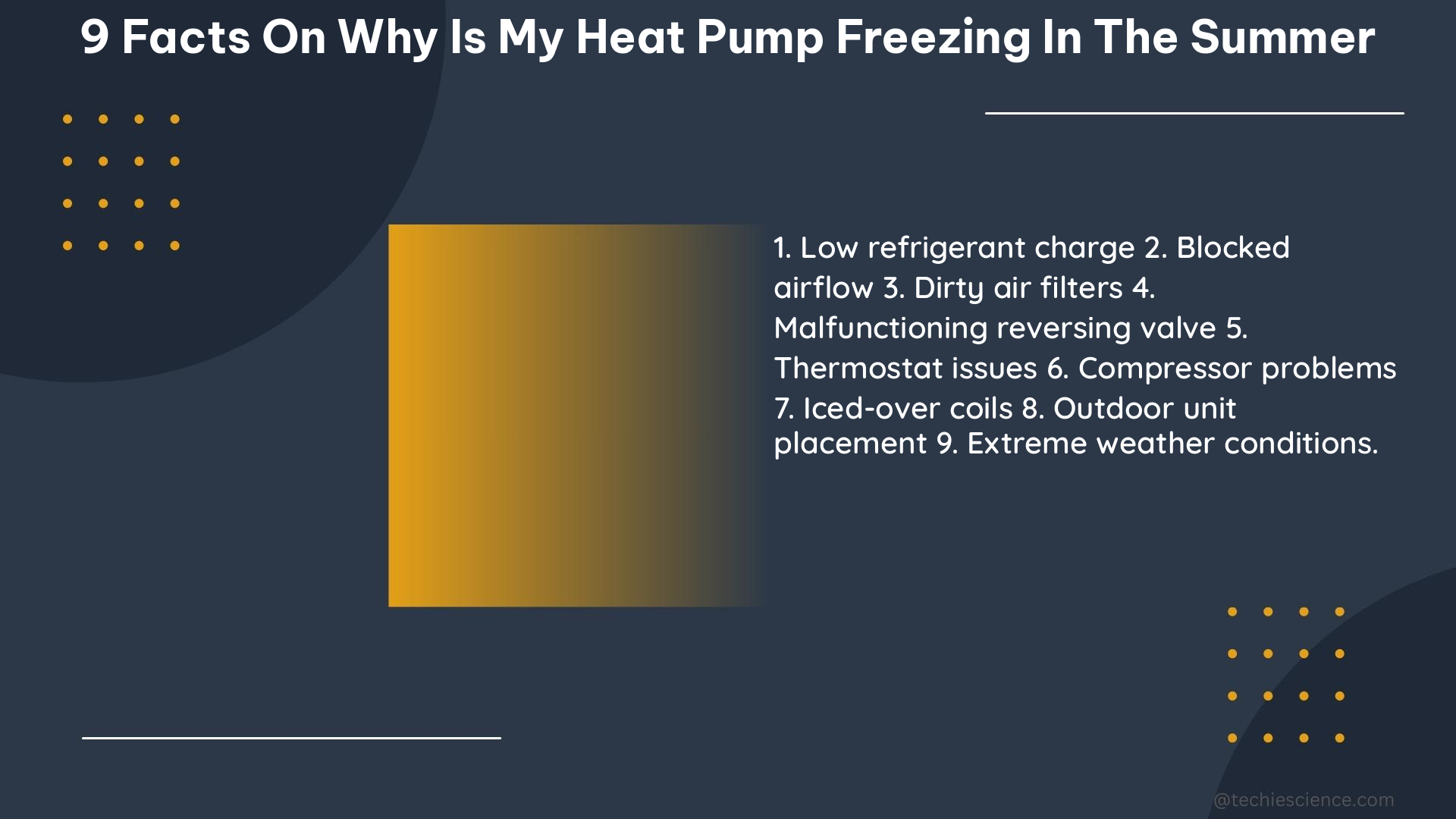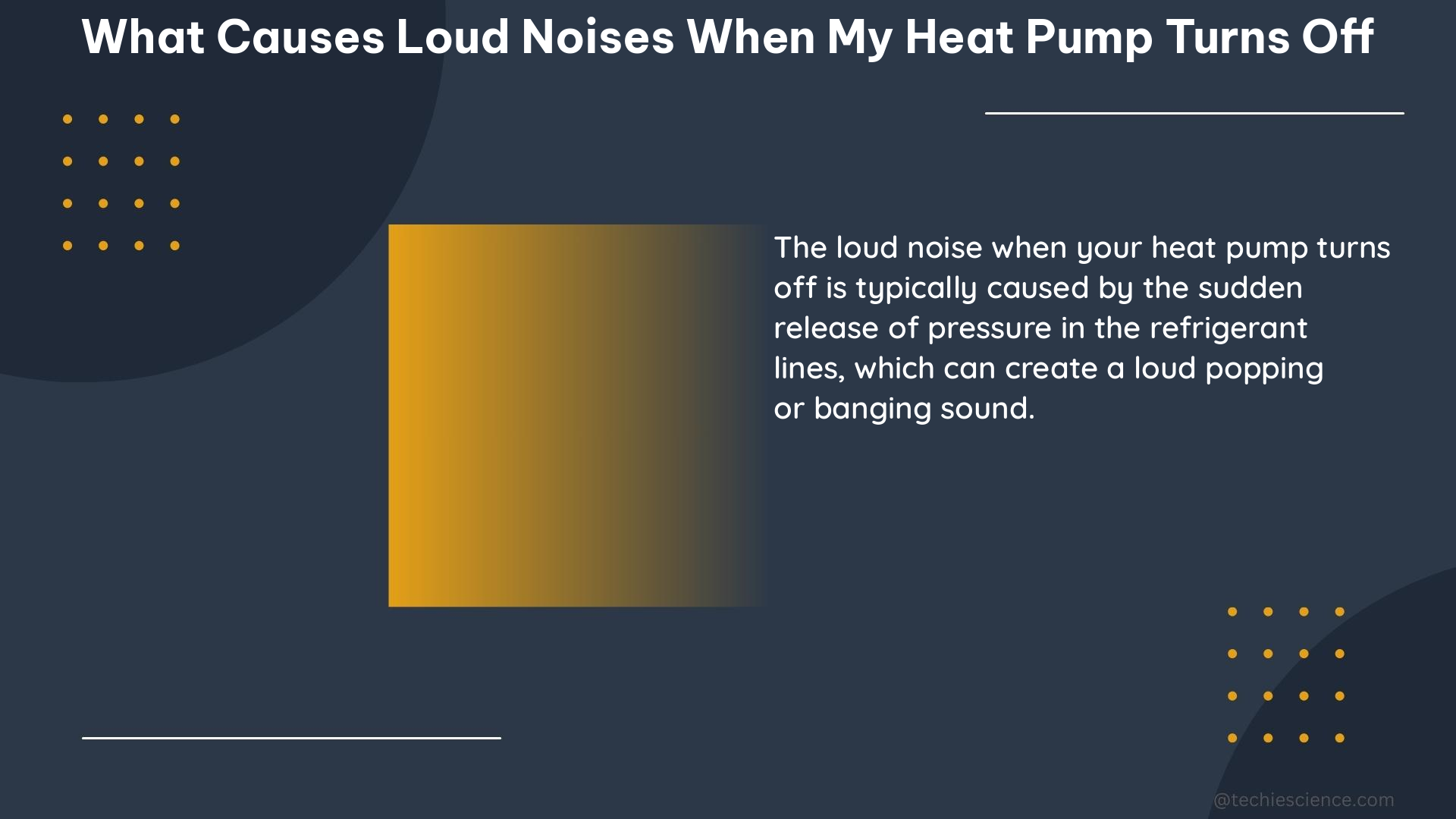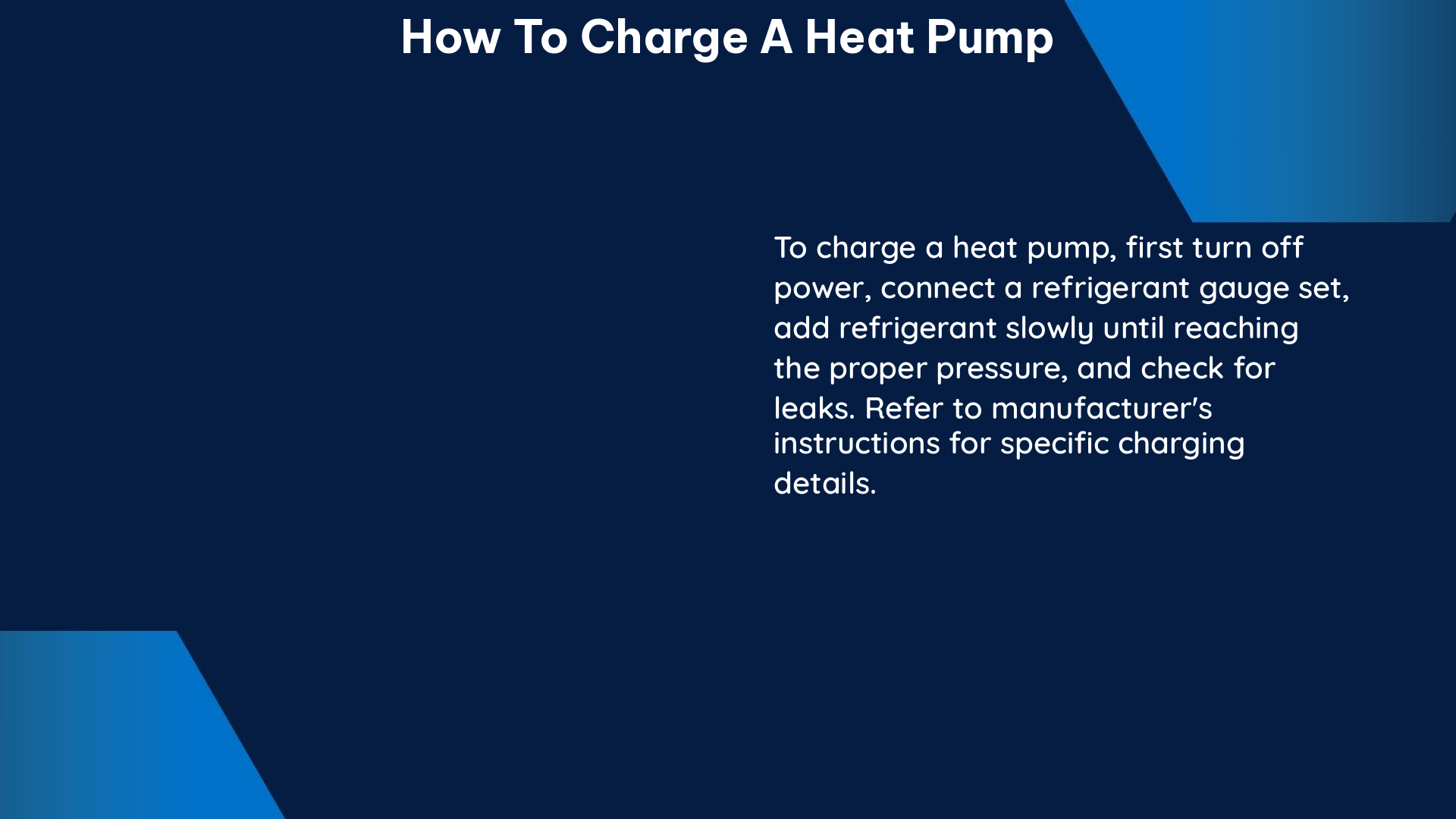A heat pump is a highly efficient heating and cooling system that operates by transferring heat between the indoor and outdoor environments. However, in cold weather conditions, the outdoor unit of a heat pump can accumulate frost and ice, which can impair its performance and even lead to system failure. Fortunately, heat pumps are equipped with a defrost cycle that helps to remove this buildup and maintain optimal operation. In this comprehensive guide, we’ll explore the technical details of the defrost process and provide step-by-step instructions on how to effectively defrost a heat pump.
Understanding the Heat Pump Defrost Cycle
The defrost cycle is a crucial component of a heat pump’s operation, and it is designed to prevent the outdoor coil from freezing over. This cycle is typically initiated when the outdoor coil temperature drops below a certain threshold, typically around 35°F (1.7°C), or when a certain amount of frost has accumulated on the coils.
During the defrost cycle, the heat pump’s operation is temporarily reversed, turning it into an air conditioner for a short period. This causes the refrigerant to flow in the opposite direction, heating up the outdoor coil and melting the accumulated ice. The duration of the defrost cycle can vary depending on the manufacturer and model, but it typically lasts between 30 seconds to a few minutes.
Factors Affecting Defrost Cycle Performance

The performance of the defrost cycle can be influenced by several factors, including:
-
Outdoor Temperature: The lower the outdoor temperature, the more likely it is for frost and ice to accumulate on the outdoor coil. In extreme cold conditions, the defrost cycle may need to run more frequently to keep the coil clear.
-
Humidity Levels: Higher humidity levels can contribute to faster ice buildup on the outdoor coil, requiring more frequent defrost cycles.
-
Airflow Obstructions: Debris, leaves, or other obstructions around the outdoor unit can restrict airflow and lead to increased frost and ice accumulation.
-
Refrigerant Charge: An improper refrigerant charge can affect the heat pump’s ability to effectively melt ice during the defrost cycle.
-
Thermostat Settings: The defrost cycle is typically controlled by the thermostat, and improper settings can prevent the cycle from activating when needed.
Manually Defrosting a Heat Pump
If the heat pump’s defrost cycle is not functioning properly or if you need to defrost the unit quickly, you can manually defrost the heat pump by following these steps:
-
Turn off the Heat Pump: Locate the circuit breaker or disconnect switch for the heat pump and turn off the power to the unit. This will prevent the system from suddenly energizing while you’re working on it.
-
Remove Debris: Inspect the outdoor unit and remove any debris, leaves, or obstructions that may be blocking airflow to the coil.
-
Spray with Water: Using a garden hose, spray the outdoor coil with water until the ice has completely melted. Avoid using sharp objects or tools to chip away at the ice, as this can cause damage to the coil.
-
Wait for Melting: Allow the ice to melt naturally, and avoid restarting the heat pump until the coil is completely clear of ice.
-
Restart the Heat Pump: Once the coil is clear, turn the power back on and restart the heat pump. You may need to run the unit in “fan” mode for a while to ensure the coil is fully defrosted.
Troubleshooting Common Defrost Cycle Issues
In some cases, the heat pump’s defrost cycle may not function properly, leading to persistent ice buildup on the outdoor coil. Some common issues that can affect the defrost cycle include:
-
Wiring Problems: Faulty wiring or connections in the defrost control circuit can prevent the cycle from activating.
-
Thermostat Malfunction: A malfunctioning thermostat can fail to properly detect the need for a defrost cycle.
-
Dirty or Debris-Covered Coil: A dirty or debris-covered outdoor coil can restrict airflow and prevent the defrost cycle from effectively melting the ice.
-
Refrigerant Charge Issues: An improper refrigerant charge can affect the heat pump’s ability to effectively melt ice during the defrost cycle.
If you encounter any of these issues, it’s recommended to call a qualified HVAC technician to diagnose and repair the problem. Attempting to fix complex electrical or refrigeration issues without proper training and equipment can be dangerous and may lead to further damage to the heat pump.
Preventive Maintenance for Defrost Cycle Efficiency
To ensure the long-term efficiency and reliability of your heat pump’s defrost cycle, it’s important to perform regular preventive maintenance. This includes:
-
Cleaning the Outdoor Coil: Regularly clean the outdoor coil to remove any debris, leaves, or other obstructions that could restrict airflow and contribute to ice buildup.
-
Checking the Refrigerant Charge: Have a qualified HVAC technician periodically check the refrigerant charge to ensure it is within the manufacturer’s specifications.
-
Inspecting the Defrost Control Components: Visually inspect the defrost control components, including the thermostat, sensors, and wiring, to ensure they are in good working condition.
-
Scheduling Annual Maintenance: Schedule an annual maintenance visit with a qualified HVAC technician to perform a comprehensive inspection and tune-up of your heat pump system.
By following these preventive maintenance practices, you can help ensure that your heat pump’s defrost cycle operates efficiently and effectively, reducing the risk of ice buildup and system failures.
Conclusion
Defrosting a heat pump is a crucial task that requires a thorough understanding of the system’s technical specifications and the defrost cycle’s operation. By following the steps outlined in this guide, you can effectively defrost your heat pump and maintain its optimal performance, even in the harshest winter conditions. Remember to always prioritize safety and consider calling a qualified HVAC technician if you encounter any complex issues or concerns.
